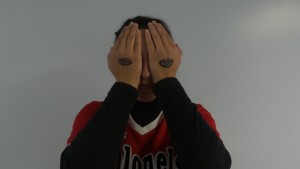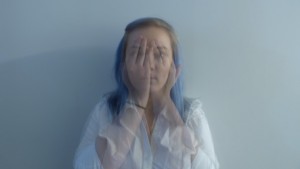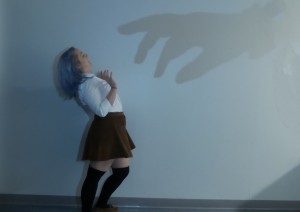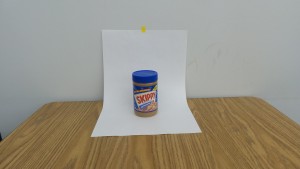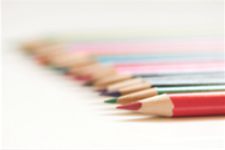Friday, May 5/Tuesday, May 9
Learning Target(s):
- Students will be able to identify and define value in photography.
- Students will be able to create photographs that demonstrate VALUE/BLACK AND WHITE.
- Students will be able to create a blog post that includes 8 value images.
Look Fors:
- I can define value.
- I can capture EIGHT images in a selected mode that demonstrate value.
- All of my photographs have different subjects.
- I can post a blog post titled: VALUE/BLACK AND WHITE LAB with all EIGHT images and labels.
VALUE/BLACK AND WHITE LAB
For today’s class, we will be delving into the aspects of VALUE (black and white) in photographs. Please follow along with me as we discuss.
VALUE:
What is value in an image?
VALUE is a description of an area’s relative lightness or darkness. Therefore, it relates to a greyscale more than the color wheel. In a sense, value mostly ignores hue and operates only on the level of how much tint (addition of white), or shade (addition of black), a color may have.
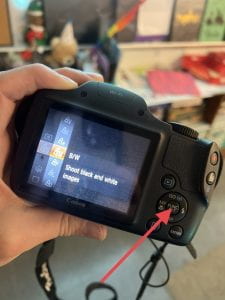
Photo 1
____/1 points for how well your photos demonstrate the assigned element.
____/1points for well composed, interesting photographs. Think about more than just your assignment image when taking your photograph.
____/1 points for technical aspects of your photos. Consider focus, exposure, adjustments, correct lighting, white balance, etc.
Photo 2
____/1points for how well your photos demonstrate the assigned element.
____/1points for well composed, interesting photographs. Think about more than just your assignment image when taking your photograph.
____/1 points for technical aspects of your photos. Consider focus, exposure, adjustments, correct lighting, white balance, etc.
Photo 3
____/1points for how well your photos demonstrate the assigned element.
____/1 points for well composed, interesting photographs. Think about more than just your assignment image when taking your photograph.
____/1 points for technical aspects of your photos. Consider focus, exposure, adjustments, correct lighting, white balance, etc.
Photo 4
____/1 points for how well your photos demonstrate the assigned element.
____/1 points for well composed, interesting photographs. Think about more than just your assignment image when taking your photograph.
____/1 points for technical aspects of your photos. Consider focus, exposure, adjustments, correct lighting, white balance, etc.
Photo 5
____/1 points for how well your photos demonstrate the assigned element.
____/1 points for well composed, interesting photographs. Think about more than just your assignment image when taking your photograph.
____/1 points for technical aspects of your photos. Consider focus, exposure, adjustments, correct lighting, white balance, etc.
Photo 6
____/1 points for how well your photos demonstrate the assigned element.
____/1 points for well composed, interesting photographs. Think about more than just your assignment image when taking your photograph.
____/3 points for technical aspects of your photos. Consider focus, exposure, adjustments, correct lighting, white balance, etc.
Photo 7
____/1 points for how well your photos demonstrate the assigned element.
____/1 points for well composed, interesting photographs. Think about more than just your assignment image when taking your photograph.
____/1 points for technical aspects of your photos. Consider focus, exposure, adjustments, correct lighting, white balance, etc.
Photo 8
____/1 points for how well your photos demonstrate the assigned element.
____/1 points for well composed, interesting photographs. Think about more than just your assignment image when taking your photograph.
____/1 points for technical aspects of your photos. Consider focus, exposure, adjustments, correct lighting, white balance, etc.
___/ 24 Total
VALUE/BLACK AND WHITE LAB
- Using a mode of your choice, capture six images that demonstrate value/black and white.
2. Post all SIX images in a blog post titled: VALUE/BLACK AND WHITE LAB.
VALUE/BLACK AND WHITE LAB
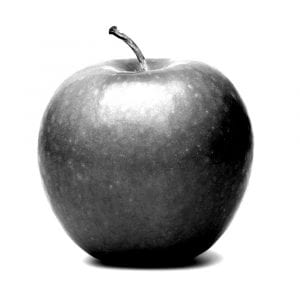
ISO: SHUTTER: APERTURE:
2. 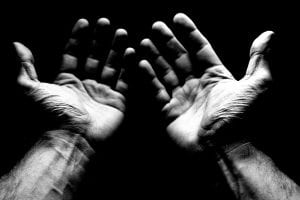
ISO: SHUTTER: APERTURE:
3. 
ISO: SHUTTER: APERTURE:
4. 
ISO: SHUTTER: APERTURE:
5. 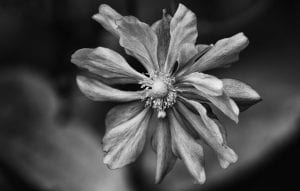
ISO: SHUTTER: APERTURE:
6. 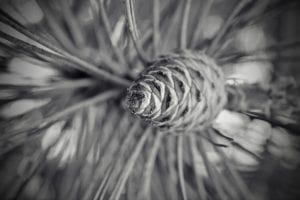
ISO: SHUTTER: APERTURE:

























